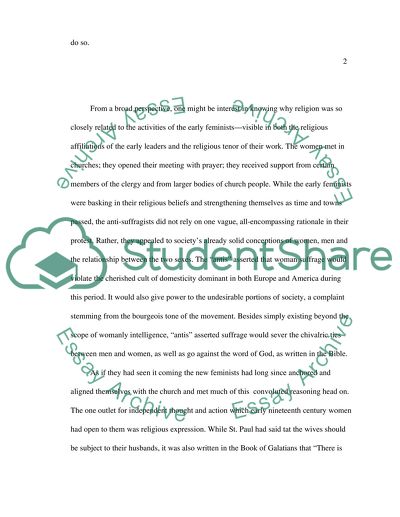Cite this document
(“Womans Suffrage Essay Example | Topics and Well Written Essays - 1250 words”, n.d.)
Womans Suffrage Essay Example | Topics and Well Written Essays - 1250 words. Retrieved from https://studentshare.org/gender-sexual-studies/1538406-womans-suffrage
Womans Suffrage Essay Example | Topics and Well Written Essays - 1250 words. Retrieved from https://studentshare.org/gender-sexual-studies/1538406-womans-suffrage
(Womans Suffrage Essay Example | Topics and Well Written Essays - 1250 Words)
Womans Suffrage Essay Example | Topics and Well Written Essays - 1250 Words. https://studentshare.org/gender-sexual-studies/1538406-womans-suffrage.
Womans Suffrage Essay Example | Topics and Well Written Essays - 1250 Words. https://studentshare.org/gender-sexual-studies/1538406-womans-suffrage.
“Womans Suffrage Essay Example | Topics and Well Written Essays - 1250 Words”, n.d. https://studentshare.org/gender-sexual-studies/1538406-womans-suffrage.


